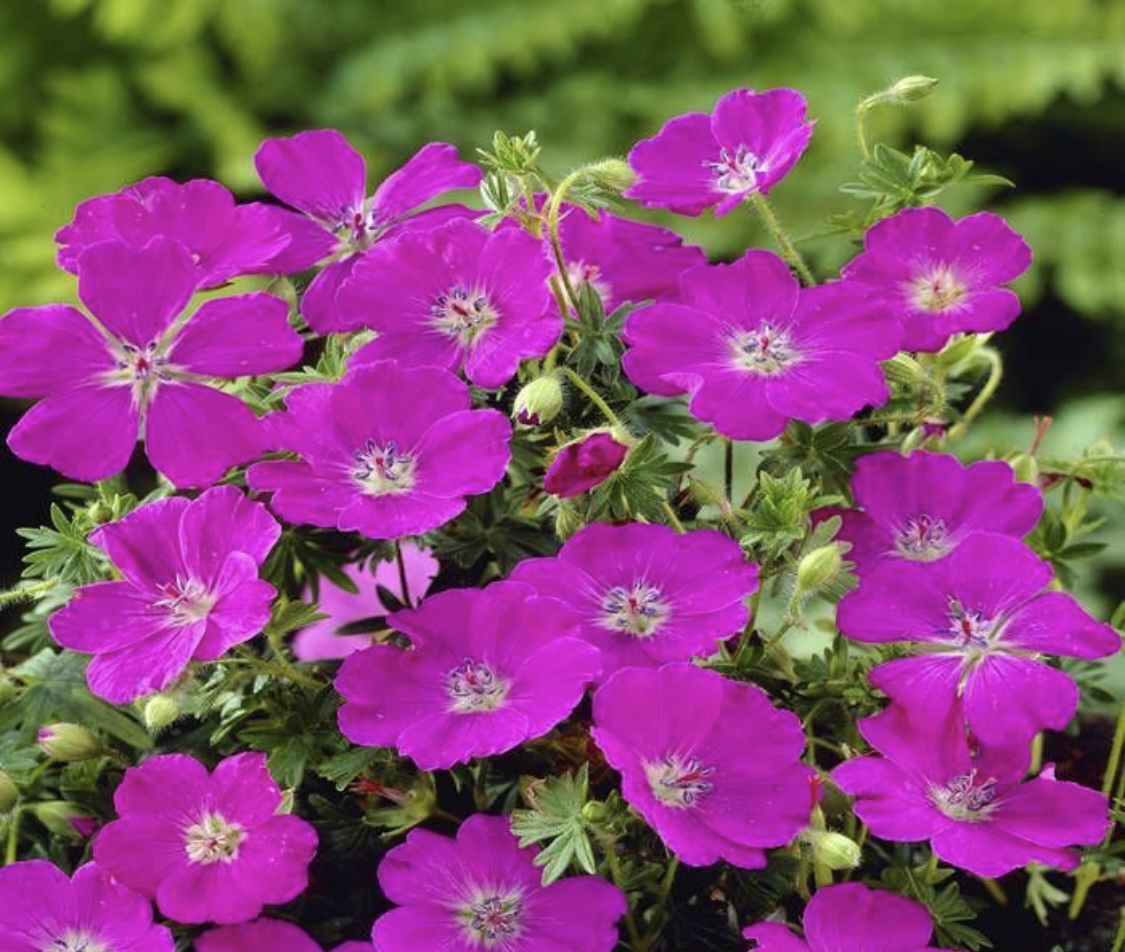Isle of Wight deliveries & Collections only

Geranium sanguineum
£4.00
Out of stock
🌿 Geranium sanguineum
(Bloody Cranesbill)
A native wild gem with excellent garden manners, Geranium sanguineum is a compact, long-lived perennial known for its vivid magenta-pink flowers and finely cut, deeply lobed foliage. Flowering from late spring into summer, it’s especially valued for its drought resistance, resilience on poor soils, and ability to knit together the front of borders, gravel gardens, or dry banks.
It spreads slowly, forming neat mounds that turn a rich red in autumn — a nod to its “bloody” namesake.
Specifications:
Height: 20–30cm
Spread: 30–45cm
Flowering: May to July (with a light second flush if deadheaded)
Position: Full sun to partial shade
Soil: Well-drained; thrives on chalk, sand, or light loam
🌿 Note for Isle of Wight planting:
Exceptionally suited to the island’s drier coastal soils and sloping banks, Geranium sanguineum is a tough performer that copes well with wind exposure and limited rainfall. A brilliant choice for low-maintenance wildlife borders and native-style plantings. Try it along pathways, gravel edges, or tucked into rockeries.
🌿 Ideal Companion Plants from The Green Standard Range:
1. Achillea millefolium ‘New Vintage Red’
This bright yarrow picks up the magenta tones of G. sanguineum, creating a vibrant, dry-loving pairing.
2. Pennisetum orientale ‘Flamingo’
Delicate grass plumes offer softness and movement above the tidy mounds of cranesbill.
3. Salvia ‘Nachtvlinder’
Rich purple flowers contrast beautifully with the pink hues and provide extended bloom into late summer.
4. Erigeron karvinskianus
Let this daisy-like sprawler intermingle for a carefree, meadow-style edge with long-lasting colour.
5. Hylotelephium ‘Iceberg’ (Sedum ‘Iceberg’)
Sedum adds structure and autumnal interest while sharing the same preference for sun and drainage.
🌟 The Green Standard Tip:
Deadhead lightly after the first flush to encourage fresh growth and a possible second wave of flowers. If left alone, the seed heads attract birds, making it a quiet contributor to your garden’s ecology.
